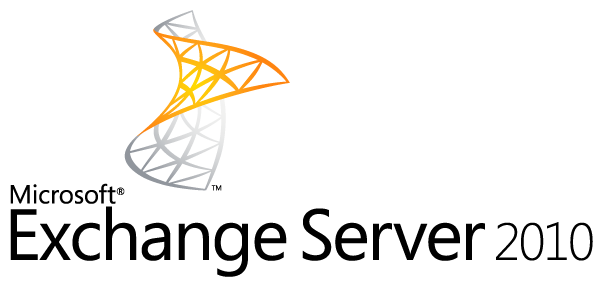The purpose of this paper is to provide guidance and best practices for deploying Microsoft® Exchange Server 2010 in a virtualized environment with Windows Server® 2008 R2 Hyper V™ technology. This paper has been carefully composed to be relevant to organizations of any size.
Many organizations today rely on some degree of virtualization. Whether it is a few virtual machines running on a single physical computer or a whole server farm across multiple root servers, virtualization optimizes investment in hardware and network infrastructure by:
- Increasing the utilization of underused hardware.
- Improving server availability.
- Reducing IT costs.
The purpose of this paper is to provide guidance and best practices for deploying Microsoft® Exchange Server 2010 in a virtualized environment with Windows Server® 2008 R2 Hyper V™ technology. This paper has been carefully composed to be relevant to organizations of any size.
Windows Server 2008 R2 Hyper-V is a powerful virtualization technology that enables organizations to take advantage of the benefits of virtualization without having to buy third-party software. By deploying Exchange Server 2010 with Windows Server 2008 R2 Hyper V technology, an organization can avoid the complications that can arise from dealing with multiple vendors because both Exchange Server and Hyper-V technology come from Microsoft.
One of the most utilized benefits of virtualization technology is server consolidation, which enables one server to take on the workloads of multiple servers. For example, by consolidating an office’s file and print server, Exchange server, and web server on a single root server, organizations can reduce the costs of hardware, maintenance, and IT support. This consolidation also reduces costs associated with managing server heat, electricity usage, physical space, and maintenance.
There are a number of different reasons why an organization might want to virtualize an Exchange environment. The following are major reasons that are common to most organizations:
- When an organization uses virtualization for its server infrastructure, Exchange is virtualized to be in alignment with standard corporate policy.
- To consolidate underused application servers onto one physical server for increased hardware utilization.
- Small and medium-sized organizations, as well as small branch offices for larger organizations, may consolidate Exchange CAS and HUB server roles into a virtualized environment with other application servers on the same physical server.
- To save on space, power, and cooling
Exchange Server can be virtualized on one or more servers. A small organization could have a single server that provides all the required Exchange roles and functionality. A large organization will require a more complex configuration in which the Exchange roles are installed on multiple servers for Client Access server, Hub Transport, Edge, Mailbox, and Unified Messaging. Each of these roles comes with its own unique workload characteristics. Typically a Mailbox server is processor, memory and disk-intensive whereas a Client Access server is processor and memory-intensive. A Hub Transport server is memory and disk-intensive. Careful planning and workload balancing must be performed to determine optimum configurations. These roles can be expanded to additional servers to provide high availability and failover scenarios. This paper describes best practices for balancing these multiple roles across Hyper-V root servers.
The following sections describe the processes that are necessary for determining server requirements in a virtualized environment. These are processes that have been proven to be effective by the Exchange Server and Hyper-V engineering teams. Where appropriate, this paper provides references to information sources. Follow link below to download this whitepaper from microsoft’s website.
